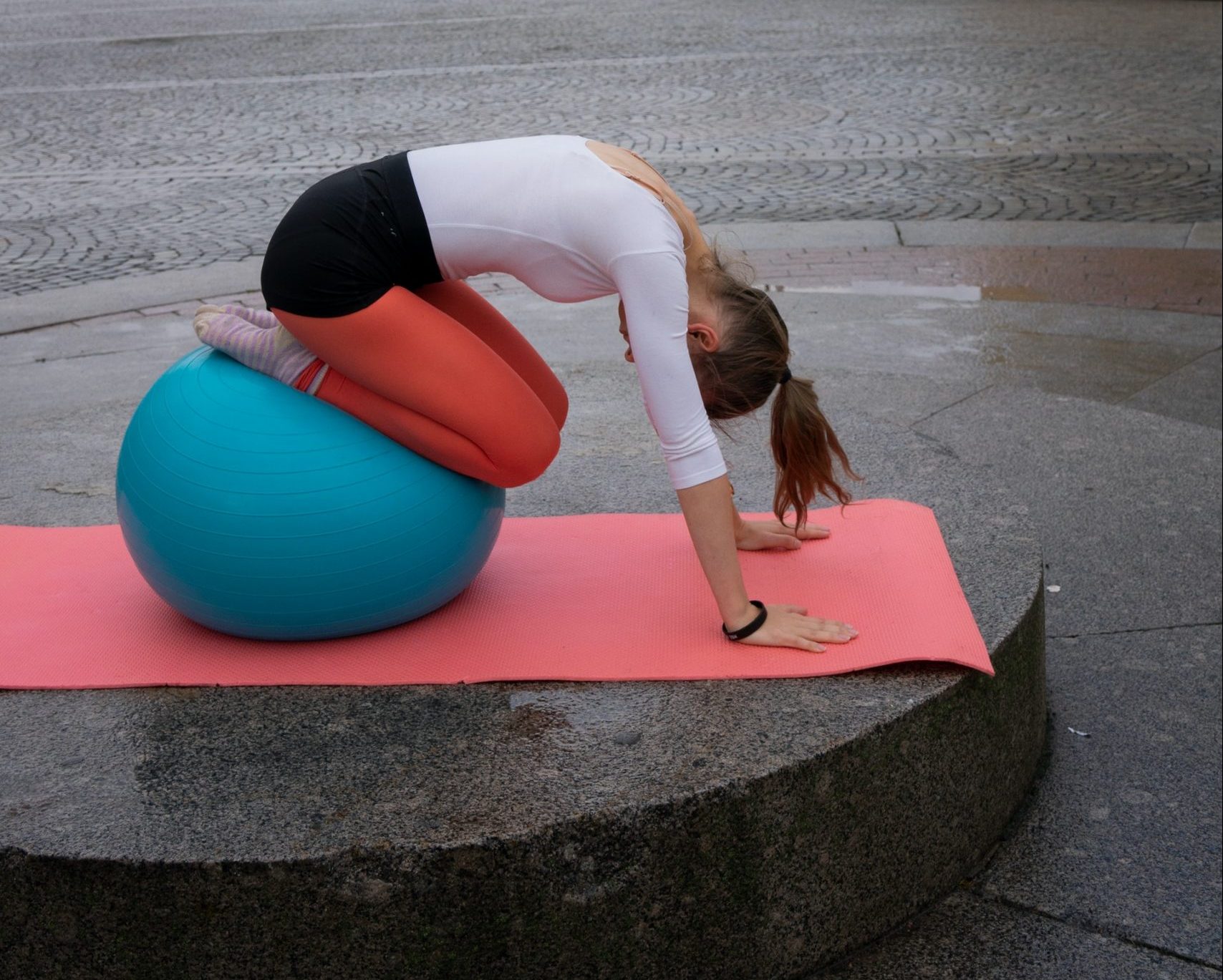Pelvic floor

Pelvic floor physiotherapy is a specialized area of physiotherapy that can help with the following issues and conditions:
Urinary incontinence including urinary frequency, urinary urgency, stress incontinence
Constipation
Pelvic pain
Pain during intercourse or when inserting a tampon
Prolapsed bladder
Pre and post-partum care (vaginal birth or C sections)
Tailbone pain
Overview
Urinary incontinence can happen to anyone at any age, contrary to beliefs, it’s not only postpartum women. Incontinence can come in a variety of different ways such as stress induced, sudden and frequent urgency with little to no urine when voiding. It could also be the inability to hold until you get to a toilet. Dribbling when laughing, sneezing and coughing is not considered normal.
Pre partum is an exciting part of motherhood and pelvic floor physiotherapy can help with aiding pain, education about birthing positions, reducing the risk of tearing during labour, as well as preparing the pelvic floor muscles for delivery.
Postpartum care is especially important to help with rehabilitating the pelvic floor for vaginal birth or c-sections. Pelvic floor physiotherapy can help with pelvic pain and/or back pain, strengthening muscles in the abdominals and pelvic floor, and help with breaking scar tissue.
Tailbone pain can be there for a variety of reasons, however, if regular physiotherapy treatments have not been effective, pelvic floor physiotherapy can help from internally to reduce the pain you have by manual therapy.
Pelvic floor physiotherapy is an evidence and scientifically based treatment that can help with these issues. Treatment will consist of education, urinary diary, manual therapy and home exercises.
In our facility, you will be in a private room with a physiotherapist who is certified in pelvic floor training. In your first visit, an in-depth 1 hour examination will allow the therapist to ask questions about your condition and take a detailed health history which will lead to the physical examination. The examination will consist of external as well as internal examination of the lumbar spine and pelvic floor. Finally, there will be a customized treatment plan to address the issue. Follow up treatments can be from 45 minutes to 1 hour depending on your needs.

